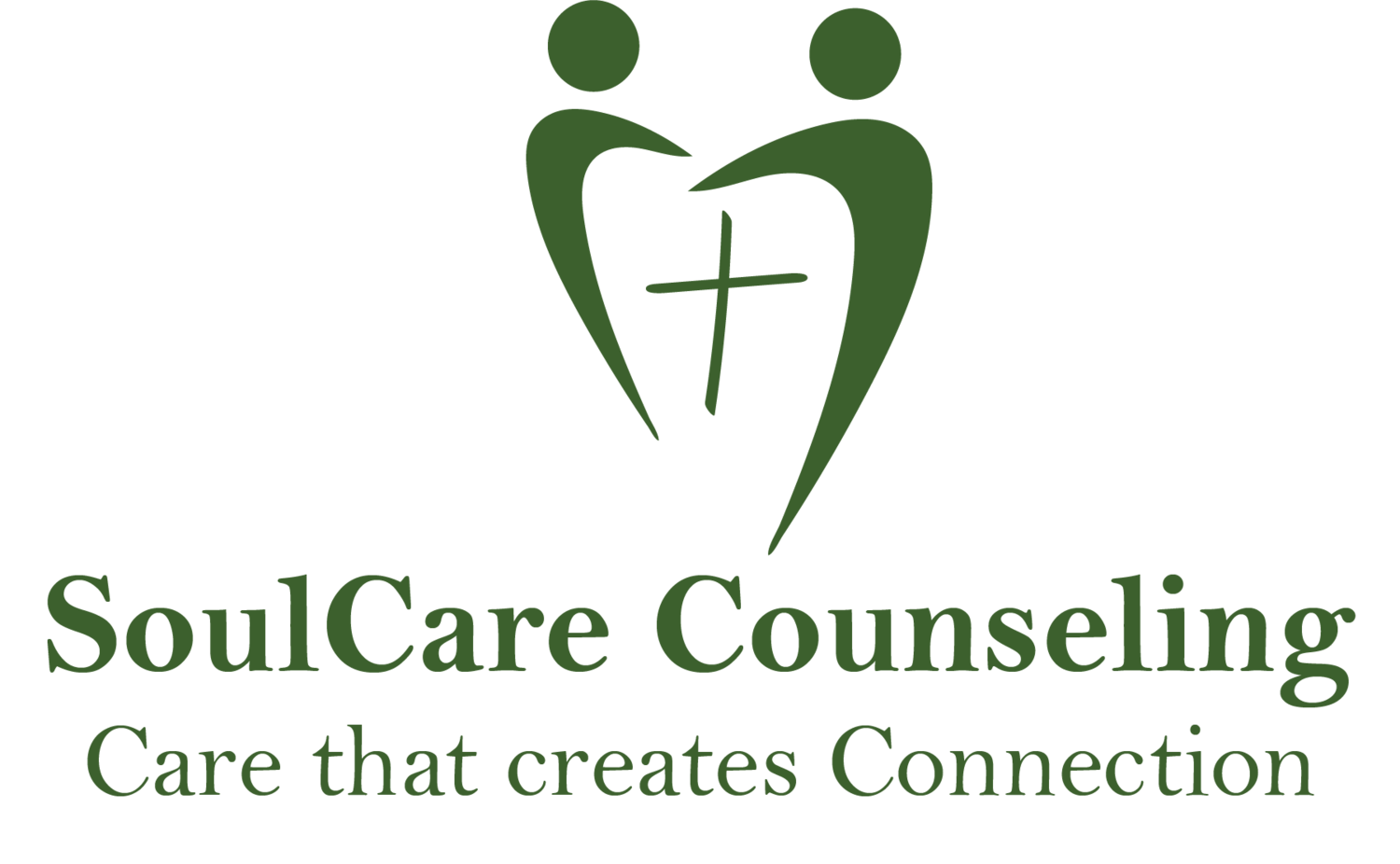What Is A Secure Attachment Style?
In the 1930’s, British psychologist Dr. John Bowlby wanted understand the responses of infants and small children to separation from their mothers. His work laid the foundation for what has come to be known as Attachment Theory. It basically says that all humans are wired for connection and when our relationships are secure, we are secure and can handle the bumps and bruises of life, but when our relationships are insecure, we become distressed and find it difficult to navigate life’s challenges.
The Four Attachment Styles
Other psychologists built on Bowlby’s work and eventually identified four attachment styles:
Secure Attachment Style
People with secure attachment are secure in relationships. They tend to be warm, loving, comfortable with closeness, and at ease with their relationship.
Anxious Attachment Style
People with anxious attachment are insecure in relationships. They fear rejection/abandonment, seek constant closeness, seek approval, and are untrusting.
Avoidant Attachment Style
People with avoidant attachment are independent in relationships. They are self-reliant, do not value close relationships, and withdraw from any “scary” emotions.
Disorganized Attachment Style
People with disorganized attachment style are usually trauma survivors. They basically switch back and forth between anxious and avoidant attachment.
In this blog, I’m going to talk about the secure attachment style. Statistics I’ve read say that 50% of the population have a secure attachment style, but after decades of counseling, I’m skeptical of that number. I don’t think secure attachment is nearly as common as is claimed. My experience is that most people have some level of insecure attachment causing them to be either anxious pursuers, avoidant withdrawers, or ambivalent pursuer/withdrawers. But, yes, there are people who have a secure attachment style, whether they learned it growing up with healthy attachments to parents or they earned it through work with a therapist like myself.
Marks Of A Secure Attachment Style
How can you tell if you have a secure attachment style? Here are some of the marks of secure attachment that you will see in yourself if you have a secure attachment style:
You are not jealous.
You rarely feel jealous or suspicious. If your partner goes out with friends, goes on a trip alone, or has old flames as Facebook friends, it doesn’t bother you. This isn’t because you are gullible or unconcerned; it means you’re able to have a high degree of trust in your partner.
You are comfortable with openness.
Your parents encouraged you to freely communicate your thoughts and feelings rather than suppress them. So, you are comfortable opening up and sharing with your partner. You’re not afraid to ask for help or support, and you’re at ease engaging and responding to your partner’s thoughts and feelings.
you disagree agreeably.
Everyone has disagreements now and then, even securely attached people. But if you have a secure attachment style, you have learned to disagree in an agreeable way. You don’t raise their voice, don’t resort to personal attacks, and don’t go below the belt. Finding the bad guy or proving that they’re right is the furthest thing from your mind. You want to be understood and to understand so that you can both can move forward in a healthy way.
You are empathetic.
“Empathize” means more than just being supportive but it means suffering with, or feeling with someone. If your partner is having a hard time, you won’t dismiss or diminish his or her feelings. You will join with your partner with compassion and empathy.
You are accommodating.
You don’t see compromise as a bad thing, but a good thing. It is second nature to step back and try to find middle ground for a win/win.
You prefer commitment.
Secure attachment style means that insecurity, uncertainty, wavering are undesirable to you. You want to know where each person in the relationship stands with one another. You are willing to make a real commitment and keep it, and expect the same in return.
You respect boundaries.
Growing up, the securely attached person’s parents emphasized boundaries, so setting boundaries is normal. Consequently, he or she will let his or her partner know if something is bothersome and will respect the partner’s boundaries as well.
What If My Partner Nor I Have A Secure Attachment Style?
If you or your partner don’t have a secure attachment style – and I’d guess that well over half of the population does not – then by definition you have an insecure attachment style. Probably one of you anxiously or even stridently pursues closeness, but does it in counter-productive ways like nagging, criticizing, complaining, exploding in anger, which ends up pushing the partner away. The other might avoidantly withdraw in an attempt to save the relationship by not saying anything wrong or stopping the other partner from causing more damage. Then there are situations where both partners pursue and bicker back and forth, or both partners withdraw into mutual silence.
In counseling, we call this “the negative cycle,” and guess what? Your partner is not the enemy; the negative cycle that you get caught in is the enemy. In Emotionally Focused Therapy, we help you recognize your negative cycle and your role in it, identify the emotional needs driving the negative cycle, and communicate those needs in a way your partner will receive. The result is repair and reconnection.
I urge you to read more about couple counseling and then reach out to us at SoulCare Counseling to schedule a free no-obligation, thirty-minute consultation to see if we can help you break your negative cycle of insecure attachment and learn a secure attachment style that will bring peace and happiness to your relationship “till death do you part.”
Dr. Bernis Riley holds a Doctor of Psychology degree, is a Licensed Professional Counselor – Supervisor, and is certified in Emotionally Focused Therapy. She is the Clinical Director at SoulCare Counseling.




